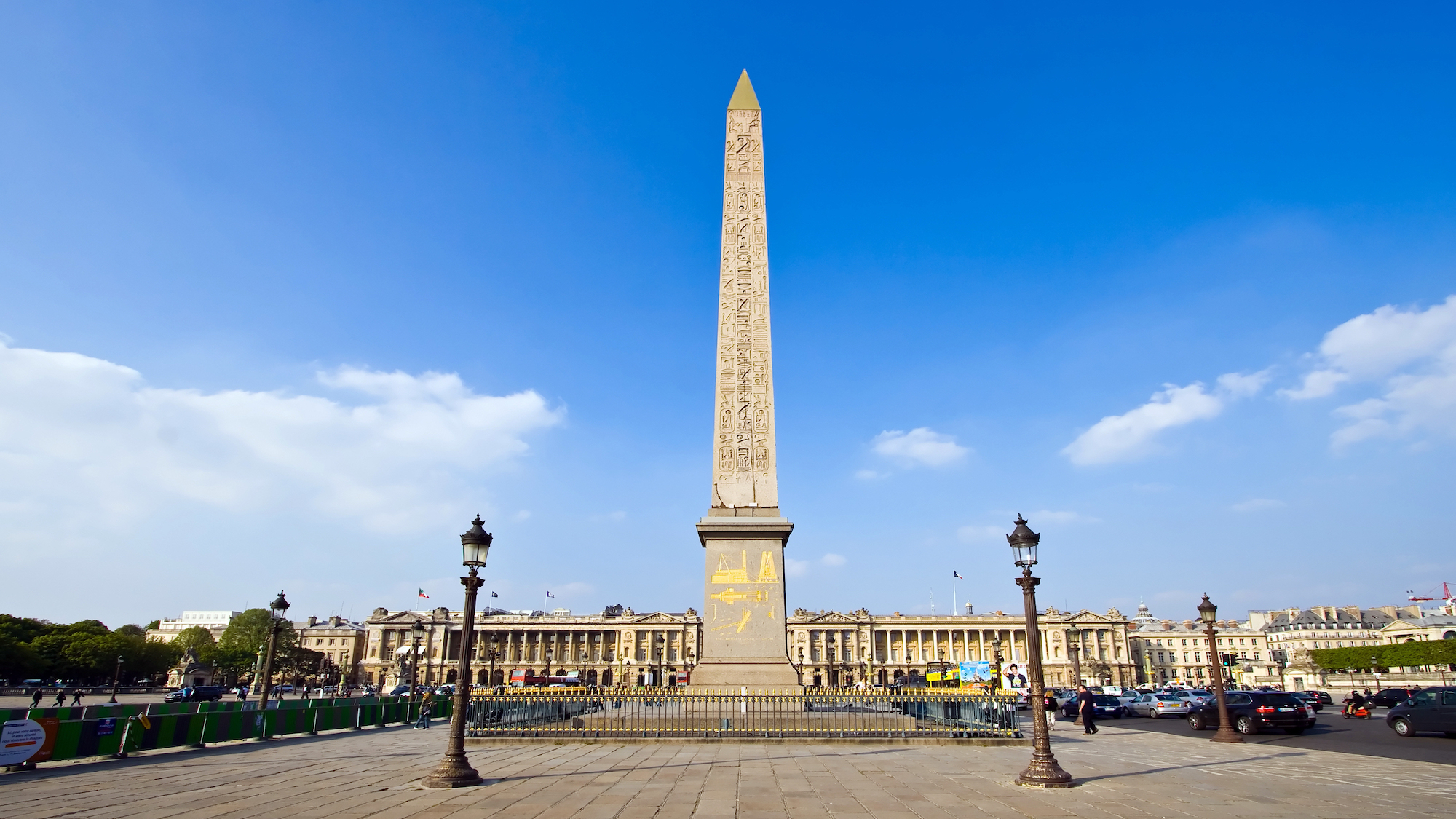The Obelisk of Concorde is an absolutely fantastic monument. First of all, it’s simply the oldest construction in Paris, older than the city itself. Furthermore, it is full of secrets, some of which are still being uncovered even today. The latest one? Mysterious propaganda messages recently discovered at its summit.
A fascinating story
Diving into the Obelisk of Concorde is an almost epic adventure that many historians have dedicated themselves to over the ages. And at the same time, it must be said that the column is definitely intriguing. Gifted to Charles X in 1829 by the viceroy of Egypt, Méhemet Ali, the origins of the monument date back to the 8th century BC.
BC, while he is commissioned by Ramses II to decorate the temple of Amon.Le 25 octobre 1836, les parisiens assistèrent à l'érection de l'obélisque de Louxor sur la place de la Concorde.
— TU SAIS PAS QUOI ?! (@tuCpakoa) October 25, 2020
Taillé il y a plus de 3000 ans sous le règne de Ramsès II, c'est un des monuments les plus emblématiques de Paris et, dans l'absolu, le plus vieux ! pic.twitter.com/p4YNV4FqG4
When making its donation, it's necessary to set up a 7-year journey, which includes the construction of a custom boat to bring it back to France. It will be erected at Place de la Concorde in 1836, during a grand ceremony. And although its twin from Luxor was meant to join it, it would take 150 years for President François Mitterrand to officially give up on the second obelisk in 1981, leaving it in its original location.
A column full of secrets
A story like no other, which has fascinated Egyptologists since its existence. This is the case for Jean-Guillaume Olette-Pelletier, a sort of modern-day Champollion. Throughout the period of lockdowns, and during the ... From Paris, the historian went on-site every day to observe the monument armed with notebooks and binoculars. His hard work finally paid off, as he discovered that secret messages were hidden in certain decorative scenes.
Quelle journée! 7 interviews à des médias nationaux pour présenter mes découvertes sur les textes cachés de l’obélisque de la Concorde 😅#obélisque #concorde #obelisquedelaconcorde #hieroglyphes #ramsesii pic.twitter.com/9cBg4ig4Zo
— Olette-Pelletier Jean-Guillaume (@FREgyptologist) April 16, 2025
Equipped with a dictionary thanks to the discovery and translation of the Rosetta Stone, he was able to establish that it contained propaganda messages praising Ramses II written during a « communication war », claiming that he is « the reigning king who cannot be dethroned ». It just goes to show that even back in the 8th century BC, all means were good to send political messages...
